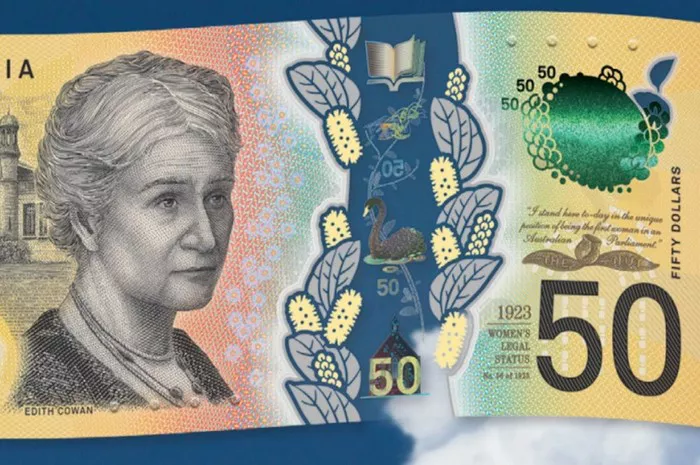The Australian dollar (AUD) has witnessed a prolonged period of depreciation, raising concerns among economists and investors. This article aims to delve into the factors contributing to the low value of the Australian dollar, shedding light on both domestic and international influences that have impacted its decline. By examining economic indicators, government policies, global market dynamics, and other key determinants, we can gain a comprehensive understanding of the AUD’s depreciation.
1. Global Economic Conditions and Risk Aversion:
The global economy plays a crucial role in shaping currency valuations. Periods of global economic instability or uncertainty often prompt investors to seek safer assets, leading to risk aversion. The Australian dollar, classified as a commodity currency due to Australia’s significant exports of commodities like iron ore and coal, is particularly vulnerable during times of market turbulence.
2. Commodity Prices and Terms of Trade:
Commodity prices serve as a vital driver of the Australian dollar’s value. As one of the world’s largest commodity exporters, Australia heavily relies on demand for commodities such as iron ore, coal, and liquefied natural gas. When commodity prices experience a downturn, it impacts Australia’s terms of trade, reducing export revenue and weakening the Australian dollar.
3. Interest Rates and Monetary Policy:
Interest rate differentials between countries significantly influence currency exchange rates. Changes in monetary policy by the Reserve Bank of Australia (RBA), including adjustments to the official cash rate, impact investor sentiment towards the Australian dollar. If the RBA adopts an expansionary monetary policy or lowers interest rates relative to other countries, it can lead to capital outflows and contribute to the depreciation of the AUD.
4. Political and Policy Uncertainty:
Political and policy uncertainty can weigh heavily on investor confidence, which in turn affects the exchange rate. Events such as changes in government, elections, or geopolitical tensions can create uncertainty, prompting investors to reduce exposure to the Australian dollar. Uncertainty surrounding economic reforms, taxation policies, or regulatory changes can also impact the currency’s value.
5. Capital Flows and Foreign Investment:
Capital flows play a significant role in determining a currency’s value. In recent years, Australia has experienced reduced foreign direct investment (FDI) due to factors such as a slowdown in Chinese investment, changes in global investment patterns, and increased competition for capital from other emerging economies. Decreased FDI can put downward pressure on the Australian dollar.
6. Trade Balance and Current Account Deficit:
Australia’s trade balance, which measures the difference between exports and imports, can influence the value of its currency. A persistent current account deficit indicates that the country is importing more goods and services than it exports. This deficit requires funding from foreign sources, increasing the reliance on foreign capital inflows. A widening deficit can undermine the Australian dollar’s strength.
7. Exchange Rate Intervention:
While Australia generally adopts a “floating” exchange rate regime, there have been instances where authorities intervene in currency markets to stabilize or influence the Australian dollar’s value. The Reserve Bank of Australia occasionally intervenes by buying or selling AUD in the foreign exchange market. Such interventions are typically employed when extreme volatility or misalignments threaten the economy’s stability.
Conclusion:
The depreciation of the Australian dollar can be attributed to a combination of domestic and international factors. Global economic conditions, commodity prices, interest rates, political uncertainty, capital flows, trade imbalances, and exchange rate intervention all contribute to the AUD’s value. Understanding these factors helps policymakers, economists, and investors navigate the complexities of currency markets and make informed decisions. While the Australian dollar’s depreciation poses challenges, it is crucial to monitor these factors and their potential impacts on the future trajectory of the currency.


